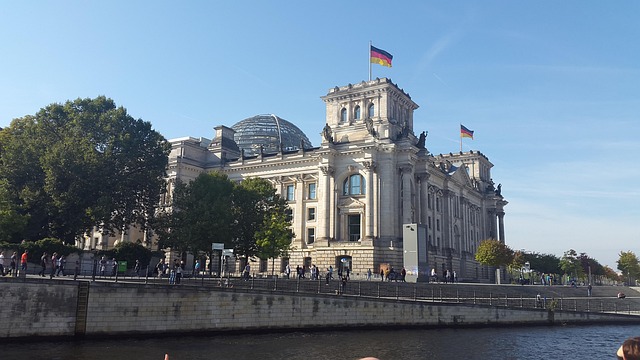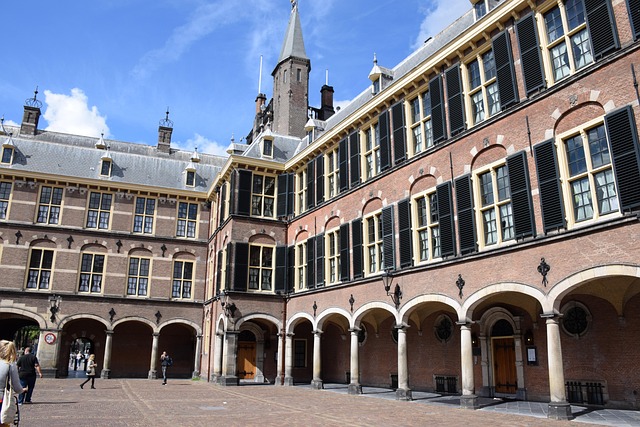
Subsidies in Modern Economies: A Balancing Act
In the intricate web of modern economies, subsidies play a pivotal role in shaping industries, influencing consumer behavior, and addressing socio-economic challenges. As governments navigate the complexities of their economies, they often find themselves tasked with the delicate balancing act of effectively implementing subsidies while mitigating potential downsides. This article delves into the nature of subsidies, their economic implications, and the ongoing debate regarding their effectiveness and sustainability.
Understanding Subsidies
Subsidies are financial aids or incentives provided by governments to support the economic activity of specific sectors, industries, or individuals. They can take various forms, including cash grants, tax breaks, low-interest loans, or price supports. The primary aim of subsidies is to encourage production, lower prices for consumers, promote economic development, and achieve broader social objectives such as equity and environmental sustainability.
The Rationale Behind Subsidies
Several key reasons justify the implementation of subsidies within an economy:
One of the most common applications of subsidies is to correct market failures. In a free market, certain goods and services may not be produced to their efficient levels due to externalities, public goods, or monopolistic practices. For example, renewable energy technologies may require initial investments that deter private companies from entering the market. By subsidizing these technologies, governments can stimulate production and foster innovation, thereby enhancing overall societal welfare.
Furthermore, subsidies can address social inequality by lowering the cost of essential goods and services for low-income households. For instance, food subsidies can help ensure that basic nutrition is accessible to all members of society, reducing the burden on vulnerable populations.
Governments may also use subsidies as a tool to promote strategic industries that are deemed crucial for national interests, such as defense or technology sectors. In such cases, subsidies may be seen as investments in future economic resilience, competitiveness, and job creation.
Sector-Specific Subsidies
A diverse range of sectors benefits from subsidies, each with its unique dynamics and implications:
Agriculture
Agricultural subsidies are commonplace across the globe, aimed at stabilizing farmers’ incomes and ensuring food security. By providing financial support for crops or livestock, governments can influence food prices, reduce volatility, and incentivize sustainable practices. However, agriculture subsidies can produce unintended consequences, such as overproduction or environmental degradation, if not managed appropriately.
Energy
The energy sector is a focal point for subsidies, especially with the global shift towards greener energy sources. Governments often provide subsidies to fossil fuel industries to maintain energy independence or to ensure stable prices. However, these subsidies have drawn criticism for promoting carbon emissions and hindering the transition to renewable energy. In contrast, renewable energy subsidies encourage innovation and investment in cleaner technologies, fostering a more sustainable future.
Healthcare
In many countries, healthcare subsidies are essential for ensuring equitable access to medical services. Subsidies help cover health insurance costs, making it more affordable for low-income populations. However, healthcare subsidies can strain public budgets, leading to debates about their sustainability and long-term viability. Policymakers face the challenge of balancing accessibility with the quality of healthcare services.
The Economics of Subsidies
While subsidies can have profound benefits, they also introduce complexities into the economic landscape:
Markets distortions are a significant concern with subsidies. When governments intervene to influence prices, they may inadvertently disrupt the natural supply-demand equilibrium. This can lead to overconsumption of subsidized goods and depletion of resources, creating long-term economic challenges.
Furthermore, the sustainability of subsidies is a critical issue. As public budgets tighten, governments grapple with the need to allocate limited resources effectively. Ongoing subsidies may become politically contentious, especially if they disproportionately benefit specific groups while neglecting others.
Subsidies can also lead to dependency, with industries becoming reliant on government support rather than innovating or adapting to market changes. This raises questions about the long-term viability of sectors that are not self-sustaining.
The Political Landscape of Subsidies
Subsidies are intrinsically linked to political agendas and public opinion. Politicians often use subsidies as tools to secure votes, bolster support from specific interest groups, or pursue broader social goals. However, the politicization of subsidies can complicate their implementation and effectiveness.
Lobbying efforts from industries seeking to maintain or expand subsidy programs can result in entrenched interests that prioritize short-term gains over long-term sustainability. Balancing the voices of constituents, industry players, and environmental advocates is an ongoing challenge for policymakers.
Case Studies and Global Perspectives
Examining various case studies across the globe provides valuable insights into the strengths and weaknesses of subsidy programs:
In the United States, agricultural subsidies have sparked significant debate over their impact on small farmers versus large agribusinesses. While these subsidies aim to stabilize the farming sector, critiques argue that they disproportionately benefit large corporations while neglecting the needs of sustainable small-scale agriculture.
In European nations, renewable energy subsidies have been successful in advancing green technology and reducing carbon emissions. Countries like Germany have invested heavily in solar and wind energy, which has not only bolstered their energy sector but also created jobs and increased energy independence.
Conversely, Brazil’s biofuel subsidies have resulted in both economic growth and environmental challenges. While ethanol production has provided energy alternatives, it has also raised concerns regarding deforestation and food prices. The case illustrates the complexity of weighing economic benefits against potential ecological harm.
The Future of Subsidies
The future of subsidies in modern economies appears to be an evolving landscape, driven by changing priorities and emerging challenges:
As climate change intensifies and resources become scarce, governments may increasingly focus on “green” subsidies that prioritize sustainability and environmental protection. Shifting subsidies away from fossil fuels toward renewable energy sources reflects this growing emphasis.
Digital innovation is another frontier in subsidy programs. Governments may employ technology to streamline subsidy distribution, reduce fraud, and enhance transparency. By harnessing data and analytics, policymakers can ensure that subsidies are targeted effectively and reach intended beneficiaries.
Lastly, an ongoing global dialogue around fairness and equity may reshape subsidy frameworks. Governments may increasingly consider the social implications of subsidy programs, ensuring that they address inequalities and promote inclusive growth.
Conclusion
In conclusion, subsidies are a double-edged sword in modern economies, offering opportunities to stimulate growth and the potential to distort markets and create dependency. As policymakers navigate the challenging terrain of subsidy implementation, they must balance economic efficiency, environmental sustainability, and social equity. The ongoing evolution of subsidy programs reflects the dynamic nature of our global economy, where the interplay of diverse interests and values shapes the path forward. Ultimately, a nuanced understanding of subsidies will be essential to create a more resilient and equitable economic future.



